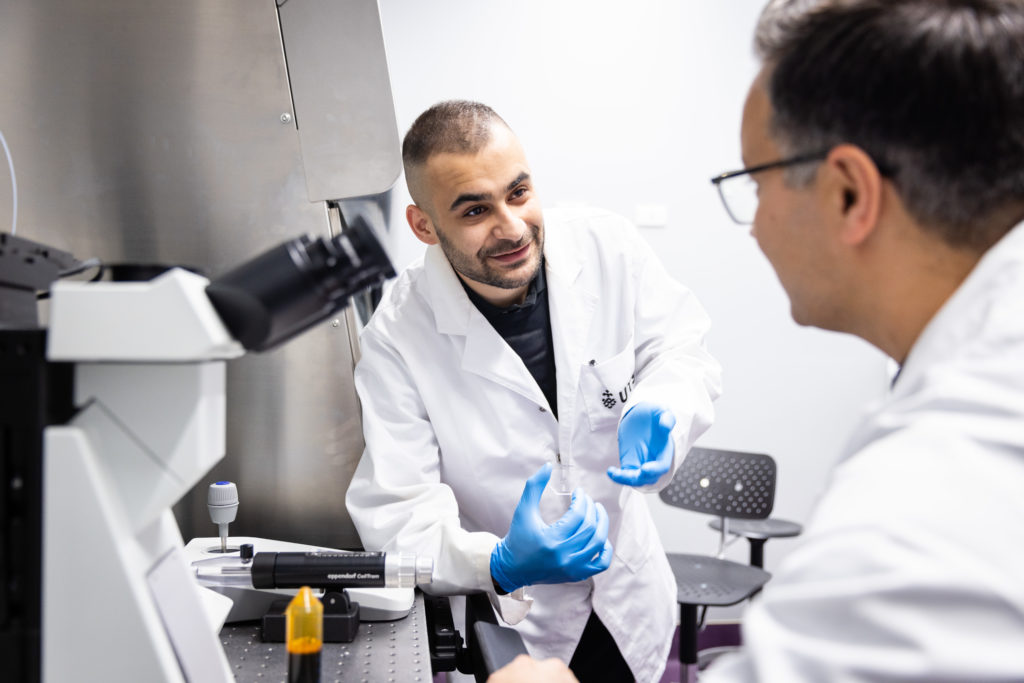Isolating cells in blood samples provides vital tool for disease management
Researchers at the University of Technology Sydney have invented a new way to indentify and analyse single cancer cells blood samples in a simple, cost efficient process.
Emerging technologies for such single-cell analysis are becoming important tools in different biological studies, including disease management, but are inaccessible to most laboratories due to their high cost, complexity, and reliance on skilled operators.
“My process isolates a single cancer cell out of billions of cells in a blood sample in an affordable and efficient manner,” says Payar Radfar, a Biomedical Engineering PhD candidate, of his invetion. “It has the potential for significantly lowering the cost of cancer management at the front line of clinics.”
He also says it can also be applied for non-invasive early diagnostic of prenatal diseases from circulating foetal cells.
In traditional cancer management, after the detection of a tumour, patients often go through a painful surgery to collect a biopsy sample to deteremine what stage the cancer has reached.
Alternatively, doctors may choose to identify Circulating Tumour Cells (CTCs), cells which detach from the primary tumour and enter the blood stream. While these cause cancer spread around the body, they can also be used for cancer diagnostic and monitoring.
Until now the problem has been isolating CTCs due to low conecntrations in the blood – a single CTC exists among billions of blood cells in just one cubic millilitre of blood.
While there are CTC isolation technologies, they highly time-consuming, costly and rely on skilled operators, limiting their application in clinical settings.
“To make this applicable in clinical settings, I have developed a micron-sized device that operates only using a laboratory pipette. Liquid is injected and gets broken down into picolitres partitions – trillionths of a litre. Each CTC can then be separated from other cells inside the partition and get analysed,” says Payar.
Minimising the volume of liquid required also requires smaller samples for efficient detection. Due to the test’s simplicity and low costs, samples can be taken continuosly to monitor the dvelopment of the disease and its reaction to treatment.
Payar and his colleagues have filed a provisional patent for the device and plan to commercialise it in future.





 Fresh Science is on hold for 2022. We will be back in 2023.
Fresh Science is on hold for 2022. We will be back in 2023.